Indirizzo
304 Il cardinale nord S.
Dorchester Center, MA 02124
Ore di lavoro
Dal lunedì al venerdì: 7:00 - 19:00
Fine settimana: 10:00 - 17:00
Shandong Expert Medical Equipment Group
Expert Medical Equipment Group, in qualità di uno dei produttori ed esportatori di apparecchiature mediche più professionali in Cina, insiste nel fornire prodotti di qualità superiore, sicurezza e affidabilità, nonché i migliori servizi post-vendita al mercato mondiale.
Electric hydraulic, 350 kg load capacity, can be equipped with carbon fiber bed board as per customers’ requirements.
Color temperature, shadowless, high color rendering index, suitable for general surgery, cardiothoracic surgery, and neurosurgery.
ICU five functions, whole bed weighing optional, one-touch CPR, antibacterial coating.
Centralized gas and electricity management, 360° rotation, load capacity of 120 kg+, core of the operating room workstation.
28 senior engineers | Full-stack design of structure/optics/electrical control. 22 inspections before each device leaves the factory | Repair rate < 1%.
Laser cutting center | Automatic spraying line | 10,000-level dust-free assembly room. Annual production capacity of 50,000 surgical lights and30 ,000 operating tables.
24-hour response | Parts available within 72 hours | Lifetime technical support. Multiple overseas warehouses worldwide for nearby shipping.
Based in Jining, the world’s largest surgical equipment hub, we ship 100,000+ sets of operating tables, surgical lights and ICU beds annually to 70+ countries.

AMIAMO QUELLO CHE FACCIAMO
È meglio essere un buon specialista in un'attività rispetto alla media in diversi settori.
Il nostro team di progettazione e produzione di apparecchiature mediche è ben consapevole delle esigenze di pazienti e medici. Pertanto, siamo certi di essere esperti nel settore delle apparecchiature mediche.
Siamo uno dei principali produttori di apparecchiature mediche ad alta tecnologia e i prodotti sono ampiamente distribuiti negli ospedali e nelle cliniche di tutto il mondo e supportati da un'ampia rete di distributori.
Tutte le fasi di produzione dei nostri prodotti sono sotto stretto controllo e ogni passaggio è sottoposto a controlli e test di qualità precisi e professionali. Tutti i prodotti hanno prestazioni quasi perfette nella pratica medica.
Oltre alle attrezzature operative chirurgiche di base e agli strumenti ospedalieri, produciamo e forniamo anche apparecchiature diagnostiche mediche, dispositivi di trattamento e recupero digitali e altre serie di prodotti, centinaia di varietà e specifiche per soddisfare vari requisiti. Quindi siamo sicuri di essere il tuo unico interrompere il fornitore di soluzioni per apparecchiature mediche.
In qualità di produttore di apparecchiature mediche one-stop professionale, EXPERT MEDICAL possiede una catena di fornitura integrata per fornire una gamma completa di servizi di apparecchiature mediche per sale operatorie, aree di terapia intensiva e istituti di cure primarie ecc., Con moderne tecnologie di produzione e rigorosi controlli dei costi, forniamo i prodotti più convenienti per tutti i nostri clienti.

From surgical lights, operating tables, medical ceiling-mounted towers, ICU beds, to trolleys, stretchers, and rehabilitation equipment—over 200 specifications available in one go, eliminating the need for hospitals to source from multiple suppliers.
Over 30 technical patents, with 3-5 new products launched annually; collaborating with top-tier hospitals for clinical testing to ensure that every upgrade addresses real pain points.
24/7 remote technical support; multiple overseas spare parts warehouses, with parts delivered to the site within 96 hours; used by over 70 countries’ hospitals, with a repurchase rate of 78%.
Comprendiamo l'intenzione originale e i motivi per cui i clienti personalizzano le apparecchiature mediche, in modo da poter fornire l'attrezzatura più adatta. Abbiamo un team di ricerca e sviluppo professionale per progettare e soddisfare le richieste di diversi clienti in merito alle apparecchiature mediche personalizzate e fornire prodotti con specifiche diverse in base alle diverse richieste per garantire un'efficienza del lavoro più elevata. Ora facci sapere le tue richieste di personalizzazione per fornirti il massimo attrezzature e prodotti professionali.
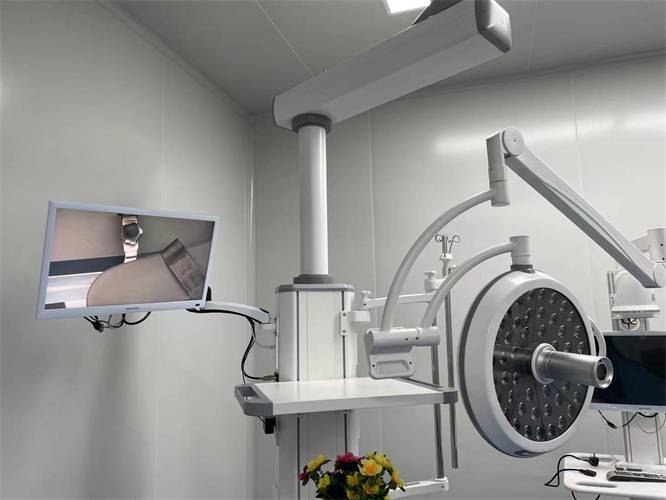

EXPERT MEDICAL si impegna a stabilire un sistema di qualità rassicurante durante l'intero processo di produzione delle apparecchiature mediche. Per questo valore fondamentale, siamo responsabili sia dei nostri clienti che dell'intero settore.
Discover tips to select the best dental surgical light for...
Leggi di piùDiscover how a medical pendant system improves safety, workflow, and...
Leggi di piùFind trusted pediatric hospital bed manufacturers. Compare quality, certifications, and...
Leggi di piùLearn how to choose the best hospital care cart for...
Leggi di più
La serie di tavoli operatori Expert Medical soddisfa pienamente i requisiti di chirurgia generale, cuore, testa, collo, cavità toracica e altre operazioni chirurgiche.

Le serie di lampade operatorie Expert Medical sono coinvolte in vari campi di illuminazione chirurgica e sistema di illuminazione ausiliaria.
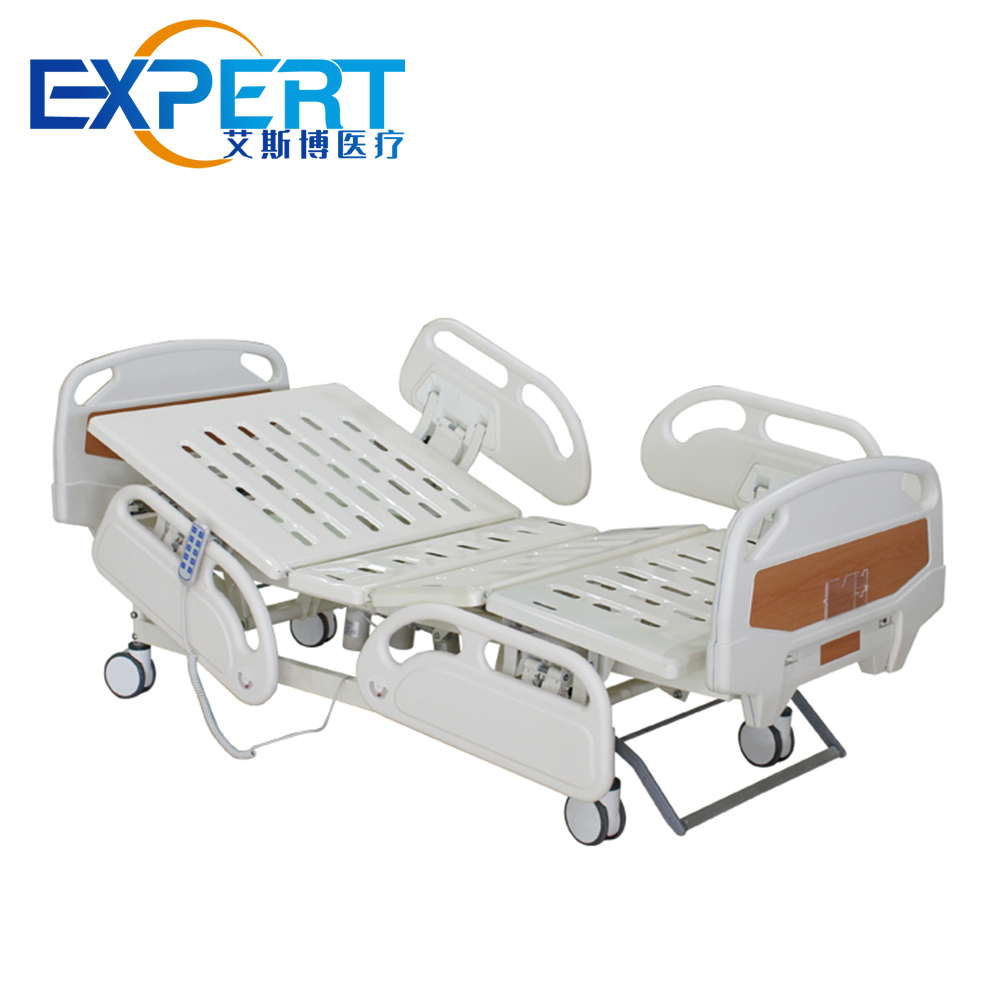
Il medico esperto fornisce vari tipi di letti per terapia intensiva e infermieristica ospedalieri dal design davvero bello e durevoli da usare.
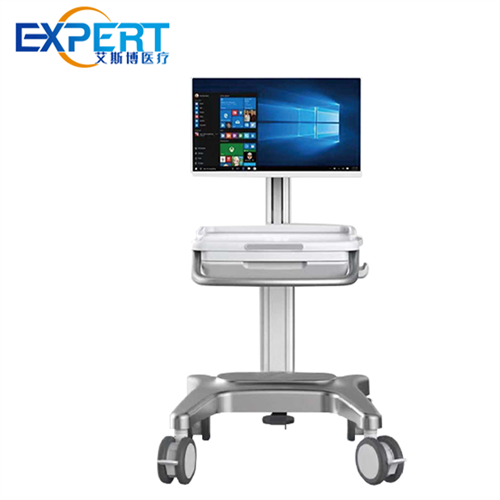
Che si tratti di cure mediche quotidiane o interventi chirurgici, i carrelli chirurgici Expert Medical possono aiutarti a lavorare in modo più efficiente.
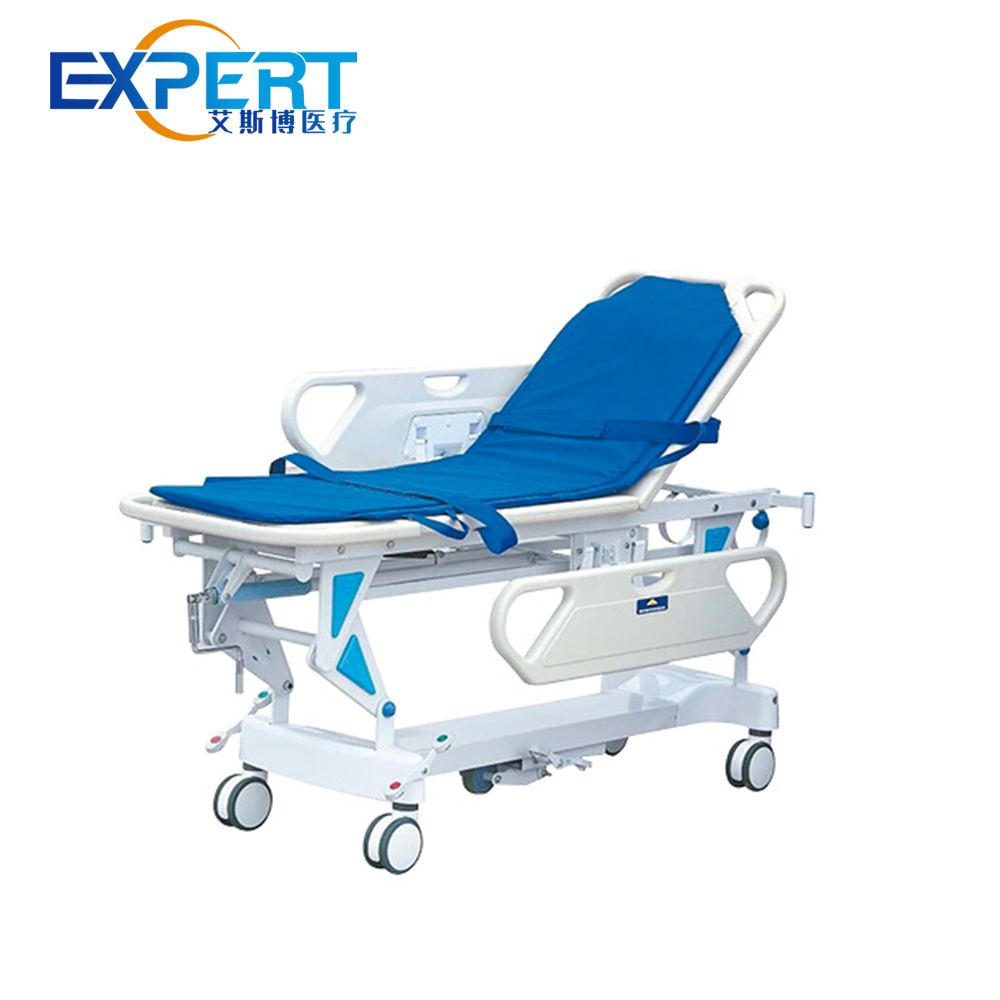
Con una varietà di barelle strutturali e funzionali, le barelle Expert forniscono un supporto di forza durante il salvataggio di emergenza e il trasporto dei pazienti.
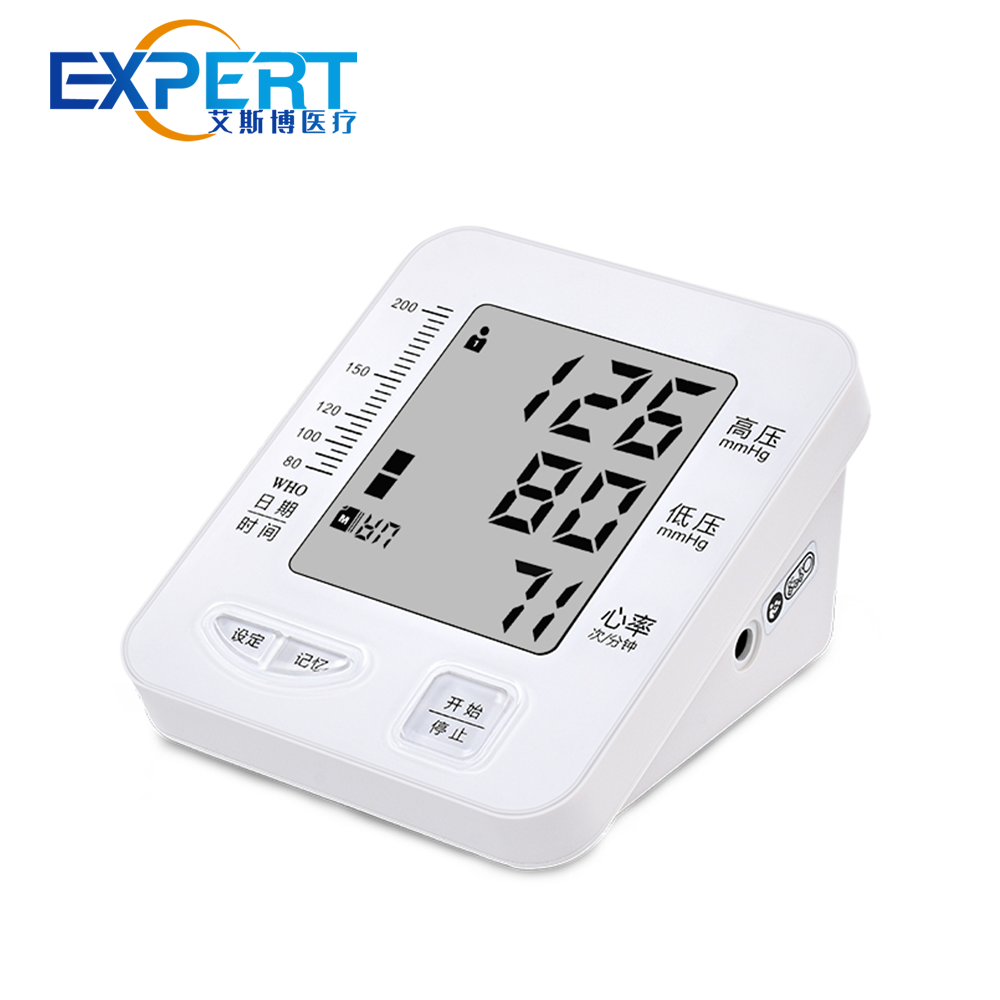
Gli altri dispositivi medici di Expert Medical lavorano insieme per aiutare a costruire un sistema medico completo.
Siamo impegnati a fornire un modello di vendita one-stop al cliente; Diamo un'attenzione più importante alla soddisfazione dei nostri clienti.
